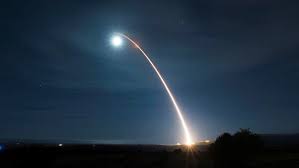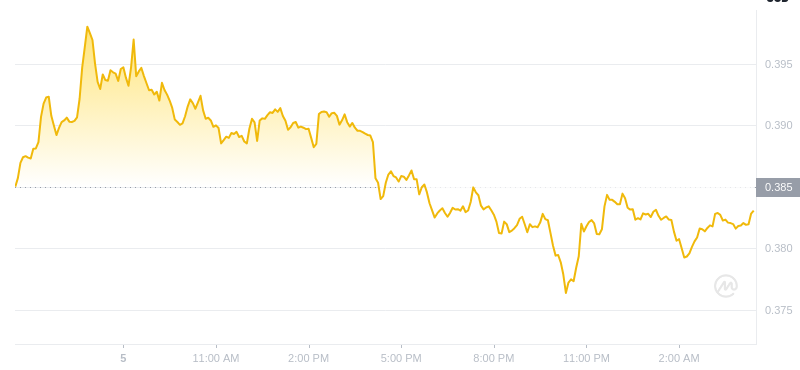
After a seemingly rare five-day break for Thanksgiving, SpaceX jumped right back into it with a launch of 23 Starlink satellites to low Earth orbit from Space Launch Complex 40 at Cape Canaveral Space Force Station in Florida.
Después de un descanso aparentemente poco común de cinco días para el Día de Acción de Gracias, SpaceX volvió a hacerlo con el lanzamiento de 23 satélites Starlink a la órbita terrestre baja desde el Complejo de Lanzamiento Espacial 40 en la Estación de la Fuerza Espacial de Cabo Cañaveral en Florida.
Launching at 11:20 pm ET (04:20 UTC), the Falcon 9 launched to the Southeast and inserted into a 43-degree orbital inclination. This is Group 6-30, and over the next couple of months, the satellites will undergo checkouts and raise their orbits as they become fully operational.
Lanzado a las 11:20 pm ET (04:20 UTC), el Falcon 9 se lanzó hacia el sureste y se insertó en una inclinación orbital de 43 grados. Este es el Grupo 6-30, y durante los próximos meses, los satélites se someterán a comprobaciones y elevarán sus órbitas a medida que estén en pleno funcionamiento.
The 23 Starlink satellites were deployed just over an hour after launch. These 23 satellites are the V2 mini variant that uses argon Hall thrusters for better maneuvering in orbit and the ability to handle four times more bandwidth than the previous V1.5 Starlink.
Los 23 satélites Starlink se desplegaron poco más de una hora después del lanzamiento. Estos 23 satélites son la variante mini V2 que utiliza propulsores Hall de argón para maniobrar mejor en órbita y la capacidad de manejar cuatro veces más ancho de banda que el Starlink V1.5 anterior.
Previously SpaceX was only launching 22 at a time from Florida, but recently they have been able to add one more as they fine-tune the performance of the Falcon 9. The V2 mini Starlink variant weighs in at 800 kg ( 1,800 lbs), whereas the V1.5 satellites weigh just ~306 kg (675 lbs).
Anteriormente, SpaceX solo lanzaba 22 a la vez desde Florida, pero recientemente pudieron agregar uno más mientras afinan el rendimiento del Falcon 9. La variante V2 mini Starlink pesa 800 kg (1,800 lbs), mientras que los satélites V1.5 pesan sólo ~306 kg (675 lbs).
This was the 87th orbital mission and the 83rd of the year for the Falcon 9. SpaceX could still hit 100 launches this year as long as no unexpected delays occur, but it will be very close.
Esta fue la misión orbital número 87 y la 83 del año para el Falcon 9. SpaceX aún podría alcanzar los 100 lanzamientos este año siempre que no se produzcan retrasos inesperados, pero estará muy cerca.
This was the 17th flight for this Falcon 9, Booster 1062, which had previously launched 9 Starlink missions, 8 astronauts on the Inspiration 4 and Axiom 1 missions, 2 communications satellites, 2 GPS III satellites, and the OneWeb internet satellite constellation that carried 40 satellites to orbit.
Este fue el vuelo número 17 de este Falcon 9, Booster 1062, que anteriormente había lanzado 9 misiones Starlink, 8 astronautas en las misiones Inspiration 4 y Axiom 1, 2 satélites de comunicaciones, 2 satélites GPS III y la constelación de satélites de Internet OneWeb que transportaba 40 satélites en órbita.
B1062 successfully landed on the droneship Just Read the Instructions just over eight and half minutes after liftoff, and fairing recovery vessel Bob will attempt to retrieve the fairing halves a bit further downrange before returning to Port Canaveral and eventual refurbishment.
B1062 aterrizó con éxito en la nave teledirigida Solo lea las instrucciones poco más de ocho minutos y medio después del despegue, y el buque de recuperación de carenado Bob intentará recuperar las mitades del carenado un poco más abajo antes de regresar a Puerto Cañaveral y su eventual remodelación.
Next up for SpaceX will be a Falcon 9 launch from California no earlier than December 1st with a reconnaissance satellite for South Korea. This launch will feature a return to the landing site following its mid-morning launch.
El próximo paso de SpaceX será el lanzamiento del Falcon 9 desde California no antes del 1 de diciembre con un satélite de reconocimiento para Corea del Sur. Este lanzamiento incluirá un regreso al lugar de aterrizaje después del lanzamiento a media mañana.


 Crypto Daily™
Crypto Daily™ ETHNews
ETHNews DogeHome
DogeHome CaptainAltcoin
CaptainAltcoin Thecoinrepublic.com
Thecoinrepublic.com DogeHome
DogeHome BH NEWS
BH NEWS BlockchainReporter
BlockchainReporter CoinsProbe
CoinsProbe






















